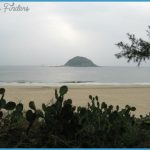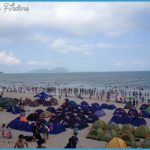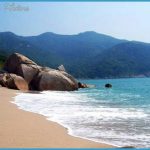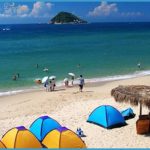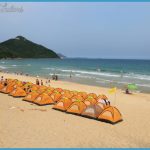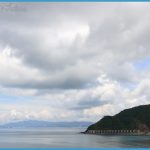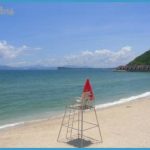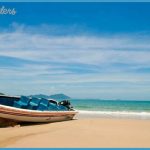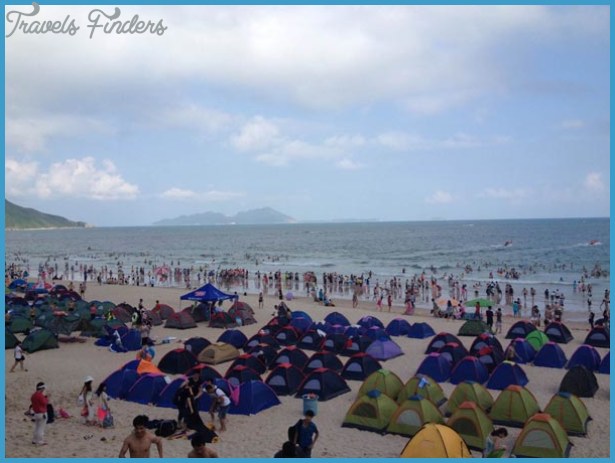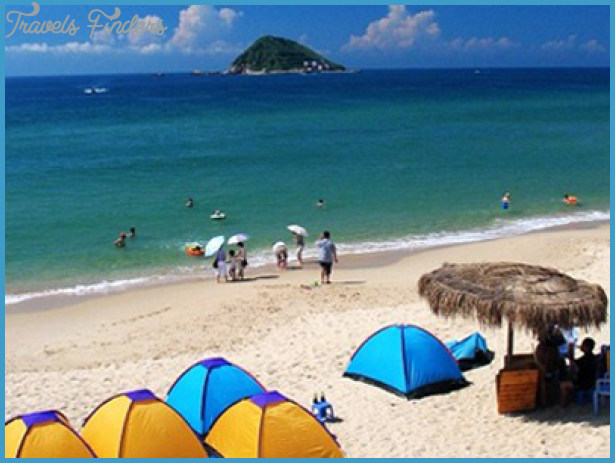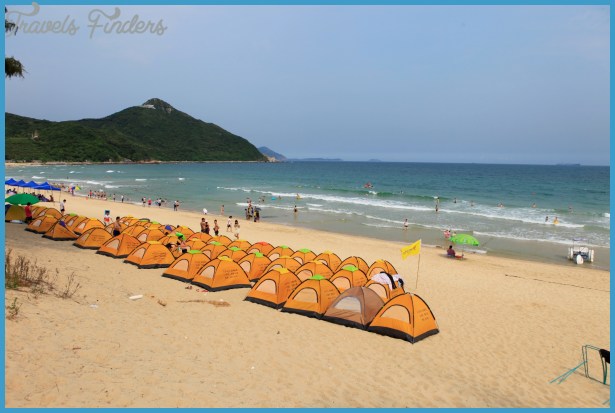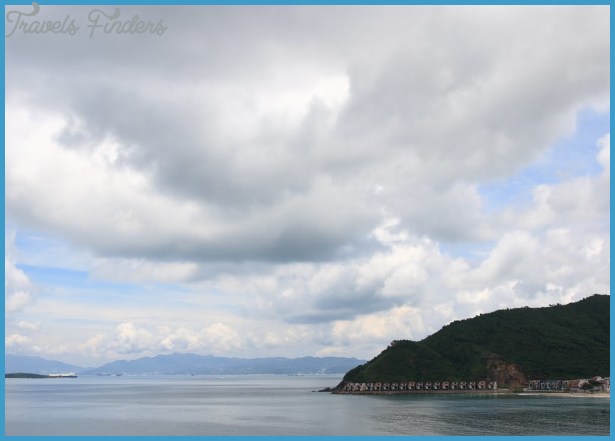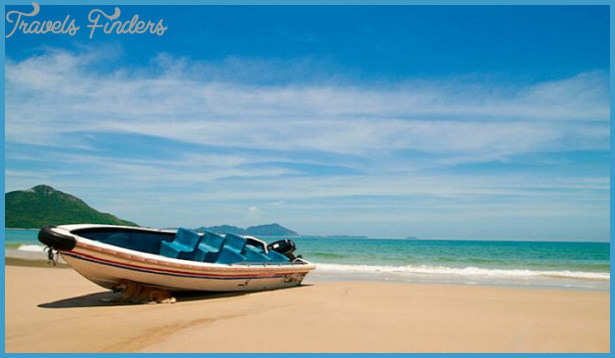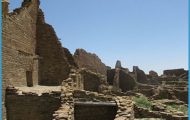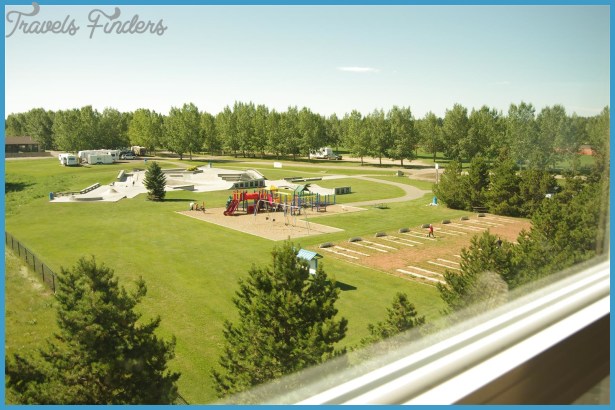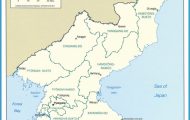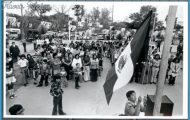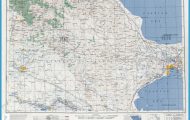Next morning we emerged refreshed and girded our loins for the one mile walk to Nan’ao. It was hot, sun beating down on us, sweat pouring from us. We wandered past small bays with terraced resort hotels looking out across the deep blue ocean. A new factory development on our left suggested that our weekend was possibly not a moment too early. And suddenly we rounded a bend and we were in Nan’ao.
Nan’ao, meaning southern inlet, is one of a thousand hamlets of that name all over China. The town is of a respectable if not deep antiquity. It has a spectacular setting but is otherwise nothing unusual. It has been Hakka since the latter part of the seventeenth century. The tones of the Hakka language were all around us and even some of the younger women wore the broad brimmed straw hat with the black veil that has been their mark for centuries.
A feeling of eternal afternoon pervaded the town. Nobody was abroad, too hot. Even the dogs seemed to be having trouble summoning up enough saliva to keep their body temperatures even.
We quickly sought shade in a covered narrow lane between modern buildings. A sharp fruity smell assailed our nostrils; the true mark of the maritime Hakka everywhere, drying salted fish. We rounded a bend and there it was, innumerable varieties of dried salted fish, all wrapped neatly in cellophane. There were even a few shark fins piled up against a door. This was a whole street market dedicated to salted fish in the Hakka style. Men in dark shorts and whitish singlets were lying flat on their backs, fast asleep in the midday heat. Black piles of dried sea vegetable added pungency to the already overpowering smell of fish. Small crowds of street kids followed us yelling Foreigner in Hakka. We stopped at a street stall and bought sweet iced bottled tea to restore our fluid balance and set out for the port.
In the bright South China summer sunlight the port reminded us surprisingly of Marseilles. Not in size of course. But it had a similar square layout to that of Marseilles’s Inner Harbour, and was similarly surrounded by eating establishments. Even in the midday heat it was busy. Large wooden trawlers in the South China style, heavily British influenced with high sharp prows, jostled at the pier to unload and take on equipment. Great containers of still living fish splashed their water and occasionally their fishy contents onto the ground. Tubes carried fresh water to and from the containers and the sea.
We noticed that even though Nan’ao’s days as a working fishing port were probably numbered, the nature of the industry which would replace fishing as the main source of wealth was already clear. Large numbers of Hong Kong style pleasure junks rode at anchor in the bay. Signs announced what seemed to us to be rather optimistic rates for hire, and altogether different signs with government seals warned against hiring unlicensed pleasure craft. We moved on.
Around the port restaurants were opening up offering seafood meals. As in so many other parts of South China, the idea was to go to the fishermen, buy your fish, and take it to the restaurant to cook. We were a little fished out so we opted for the more carnal pleasures of Hakka cooking. A little beef with bitter melon, some excellent Hakka rang doufu bean curd stuffed with minced pork in a thickened chicken stock sauce, some green vegetable cooked with garlic, and some rice and we were happy. The rice was particularly interesting, cooked in individual small bowls with a slightly crusty top. This is very characteristically Hakka and we haven’t seen it anywhere outside the Hakka area of Guangdong.
Bus no. 360 to the terminus

